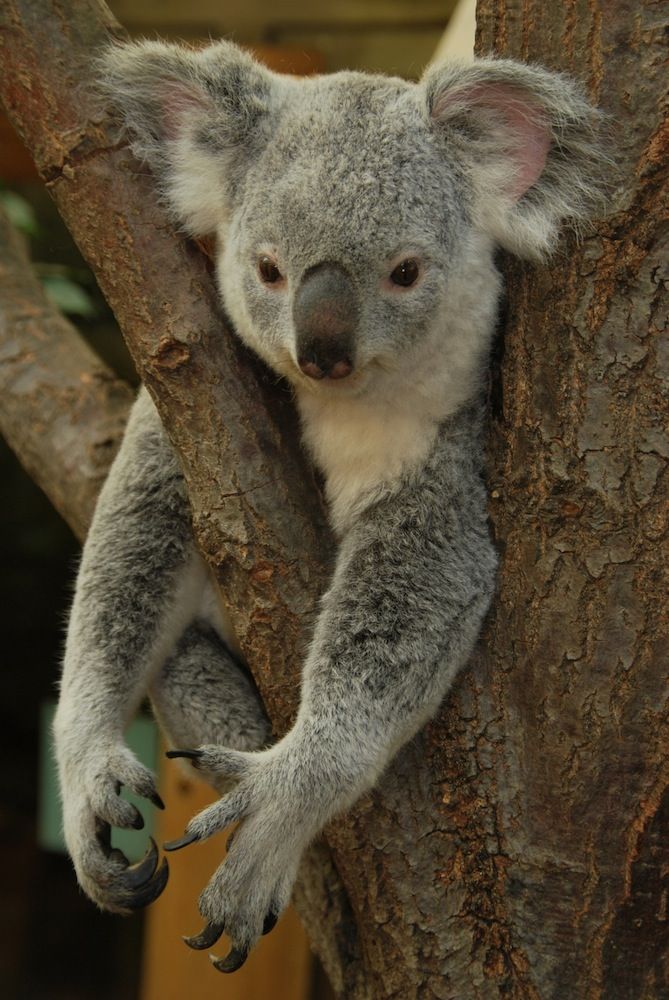Lonely Koalas Long Ago Turned to Kin for Sex

A checkered past for Australia's koalas means that the tuft-eared marsupials have low genetic diversity — a sign of inbreeding.
Mating with kin is not unusual in animals with declining populations, and researchers expected to find that the koalas (Phascolarctos cinereus) had been doing just that. But scientists were surprised to learn how far back the inbreeding goes.
"We thought that, like other species, such as the gray wolf, where the population has recently declined, there should be greater diversity in museum samples than modern specimens," because museum samples come from an earlier era, said Alex Greenwood, a researcher at the Leibniz Institute for Zoo and Wildlife Research in Germany.
"We found this not to be true," Greenwood said in a statement. "The event which reduced the genetic diversity of koalas must have happened a long time ago."
Europeans arriving in Australia in the late 1700s first noted that koalas were rare, perhaps because of Aboriginal hunting. By the mid-1800s, declines in hunting put koalas on the rebound, but then the species' fortunes once again soured. Koala fur became a fashionable accessory, and hunting again drove the species to the brink. Habitat loss and disease, particularly Chlamydia, also threaten today's koalas.
The Australian government lists the species as "vulnerable," and the U.S. government classifies them as "threatened." Low genetic diversity means that koalas may struggle to adapt to changing climate conditions or new diseases.
Greenwood and his colleagues compared modern koala DNA with that of 14 museum specimens. They focused on mitochondrial DNA, which is the genetic code found in the part of the cell that converts energy for the cell's use. Mitochondrial DNA is inherited from the mother.
Sign up for the Live Science daily newsletter now
Get the world’s most fascinating discoveries delivered straight to your inbox.
Although the old, museum specimens came from different regions and different points in time, their genetic profiles did not differ from today's specimens. That means that the loss of genetic diversity in koalas did not occur recently, Greenwood said.
It's possible, he added, that the loss dates as far back as the late Pleistocene, when the giant koala (Phascolarctos stirtoni) went extinct. Giant koalas were about a third larger than today's and died off out about 50,000 years ago.
Follow Stephanie Pappas on Twitter @sipappas or LiveScience @livescience. We're also on Facebook & Google+.

Stephanie Pappas is a contributing writer for Live Science, covering topics ranging from geoscience to archaeology to the human brain and behavior. She was previously a senior writer for Live Science but is now a freelancer based in Denver, Colorado, and regularly contributes to Scientific American and The Monitor, the monthly magazine of the American Psychological Association. Stephanie received a bachelor's degree in psychology from the University of South Carolina and a graduate certificate in science communication from the University of California, Santa Cruz.











